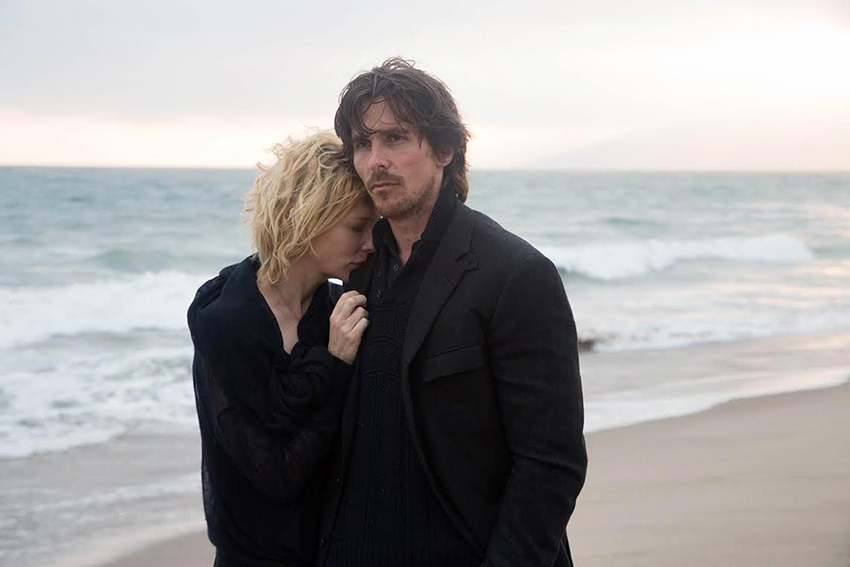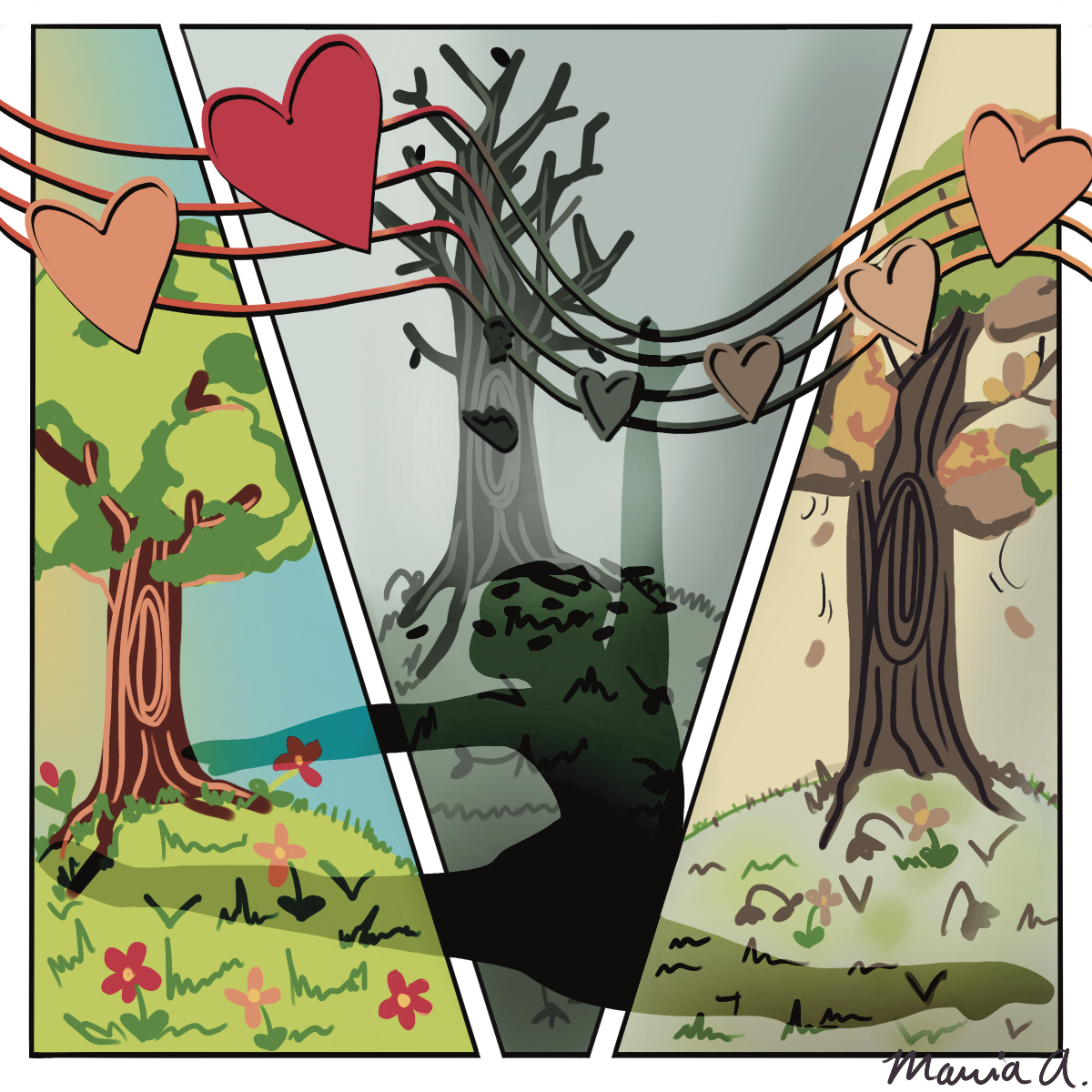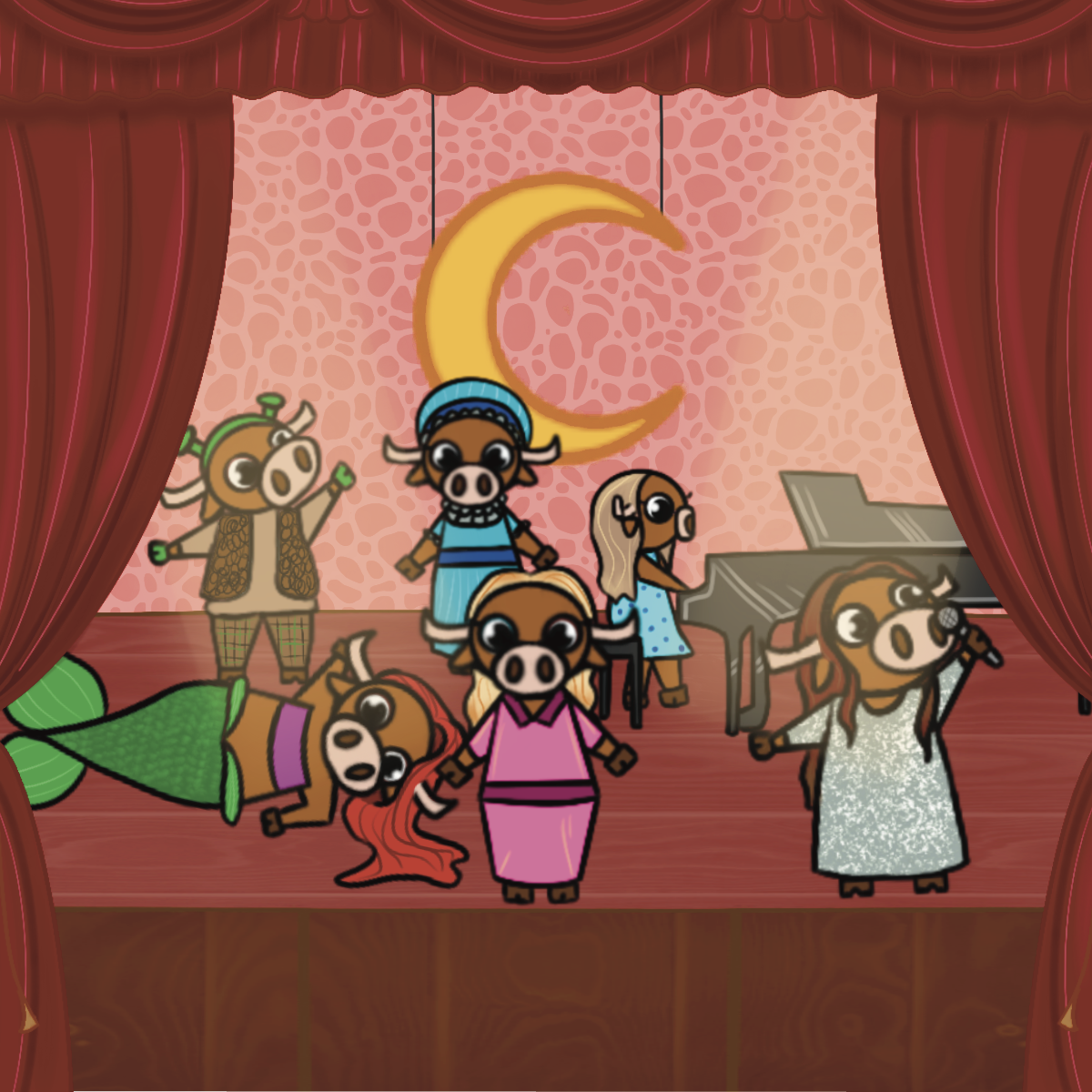There are few filmmakers as intrepid and introspective as award-winning director Terrence Malick. His latest film, “Knight of Cups,” serves as a visual experience that transcends space and time.
In “Knight of Cups,” Rick (Christian Bale), a screenwriter, wanders through Los Angeles in an attempt to find himself. His struggles to cope with the loss of his brother, Barry (Wes Bentley), his divorce from his ex-wife, Nancy (Cate Blanchett), and his inability to attain love stand at the forefront of the film, showcased in a non-linear narrative that weaves in and out of the past. Rick’s quest for meaning is carried forward by six women in whom he finds temporary solace, driven by erotic experiences and complex conversations that challenge and change him in unimaginable ways.
Rick’s struggle to savor his own success is conveyed in the film’s lavish party sequences, in which his series of inauthentic gestures conflict with notions of enjoyment. Bale effectively captures his character’s flaws, reserving authenticity for moments of isolation, recollection and self-exploration. His attempt to grapple with abstract concepts unfurls through symbolic images and sequences, permitting viewers to gauge his journey like purveyors of an unsolved puzzle. The process of assembling each piece is as thought-provoking as it is moving, challenging and changing viewers’ perceptions in the same way that the protagonist’s perceptions are changed.
The protagonist’s journey is further strengthened by the film’s various technical feats, notably its cinematography, editing and score. Three-time Oscar recipient and cinematographer Emmanuel Lubezki captures Rick’s journey with emphasis on reality, utilizing unorthodox compositions to construct his perceptions while drawing upon close-ups to capitalize on emotion. Rick’s constant shifts between the past and present are enhanced by pervasive jump cuts and cutaways, which effectively signify his mental and emotional instability. These commendable technical elements are amplified by the infusion of instrumental pieces, which build upon Malick’s physical displays of emotion to immerse viewers in the grief and aimlessness that define Rick.
Gorgeous as “Knight of Cups” may be, its technical feats often scramble the narrative. Viewers piecing Rick’s journey together will struggle to find a cohesive storyline, and it often feels confused or incomplete. Terrence Malick’s prioritization of visual beauty forces the film to fall short of excellence, disappointing viewers who crave a truly cinematic experience. The abstract nature of the protagonist’s quest shouldn’t cause the film to become an art exhibit; nevertheless, the intricate, emotionally complex masterpiece succumbs to visual showmanship.
Malick’s attempt to tell Rick’s story is likewise weighed down by its cyclical nature, making the film to predictable and, at some point, apparently endlessness. Even the actors, who deliver emotionally rich performances, are helpless to redeem their characters from audiences’ desire to cut to the credits. The substance required to sustain viewership, much like the protagonist for most of the film, fails to reach its necessary destination, leaving viewers to observe similar struggles manifested eight times.
Flawed as its narrative may be, “Knight of Cups” proves itself to be a worthwhile experience, engulfing viewers in two hours of gorgeous experimentalism. The film’s open interpretation separates it from clichéd Hollywood dramas, proving that abstract art can persist successfully in the realm of cinema. Terrence Malick’s eighth feature as director, though ultimately substance-deficient, is worth appreciating for its craft and sheer ingenuity, further asserting his position as one of the film industry’s most creative directors.
Knight of Cups
- Running Time: 118 minutes
- Rating: R
- Score: 3/5 stars















